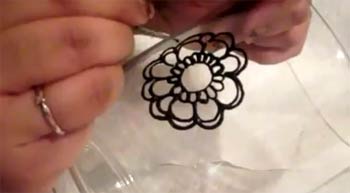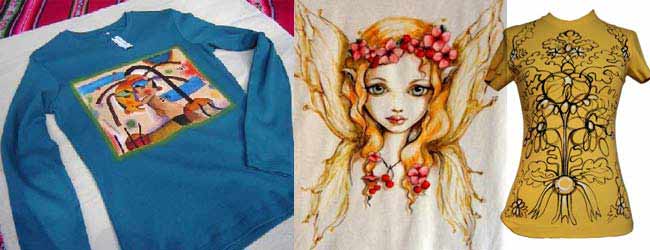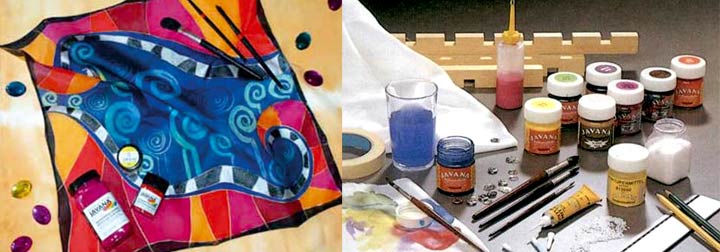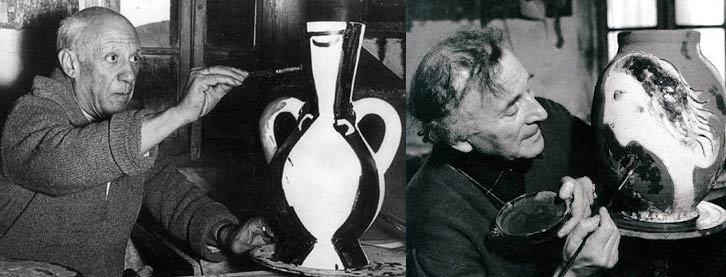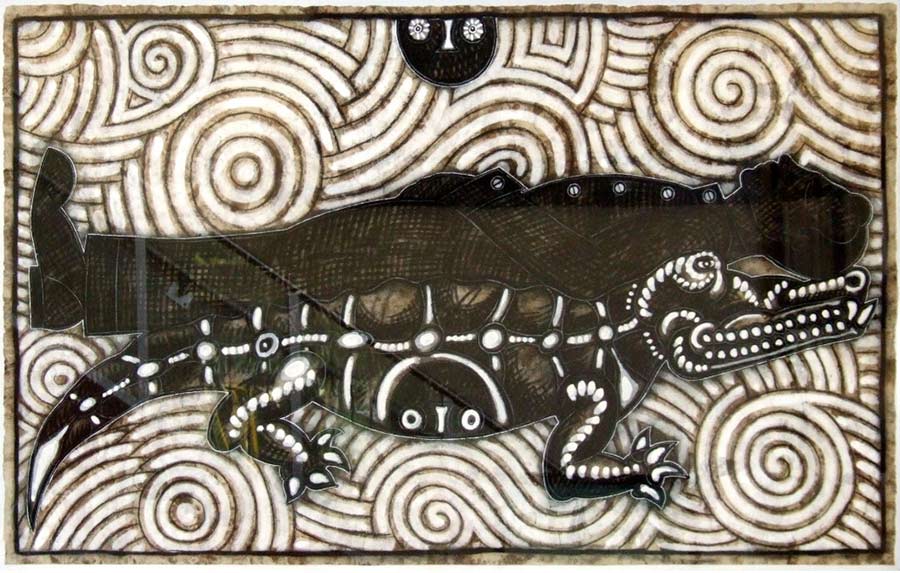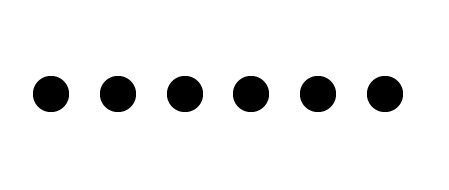Speed Painting with digital brushes
I present in this post two videos about the Speed painting, with the use of digital brushes. Nico de Mattia and Stephen Maguire, two cracks of contemporary digital painting.
We have a lot of digital painting techniques. One of the most famous and used is the techniques with digital brushes.
With this technique we emulate traditional painting with digital brushes, but with several advantages.
First, on the computer we don´t have a limit of space or canvas, because we can extend it as we work. The only limit is the resolution or quality that has been given to the image before you start. It is better to start with 200 pixels resolution (ppi) and create the file in the size you want, for example, a size of 21 x 29 cm. Otherwise, all our work will be small and impossible to print into a large format.



